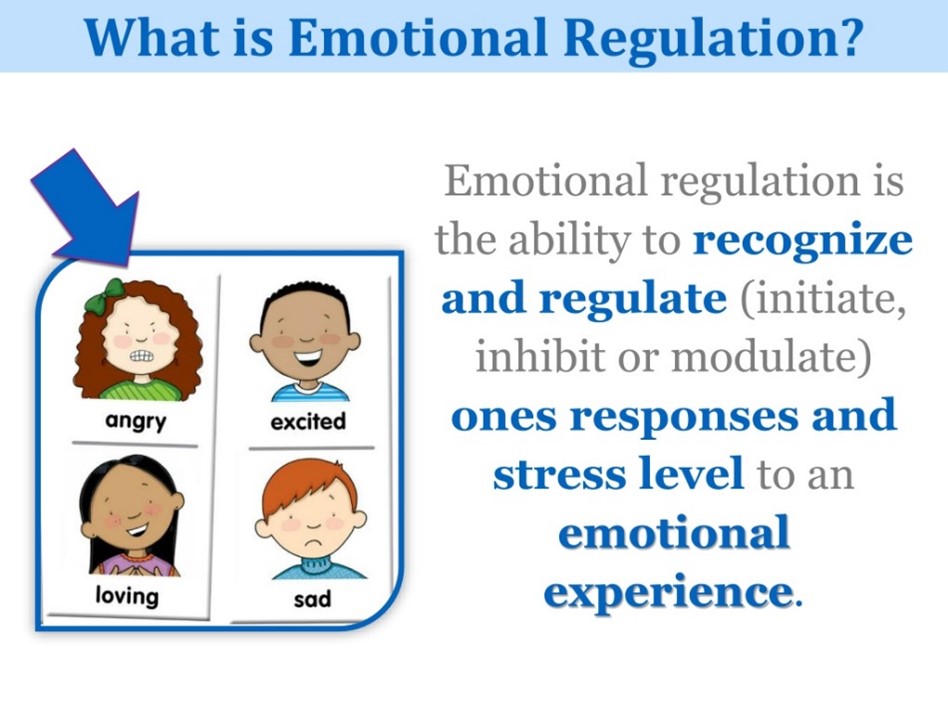Top Tips for Teaching Emotional Regulation
- Use emotional vocabulary all the time - identify and name the emotion you see or feel.
- The context of the emotion is as important as the behaviour that stems from it
- Teach coping strategies when the child is at their baseline stress level.
- Practice emotional regulation strategies regularly. Model the positive behaviours you want to encourage
- Simple Strategies are best, however be ready to get creative
- Ensure all adults honour their side of all agreed responses
- Create a safe space to develop these skills
- Link known triggers to functional responses
- Give emotional regulation time to work
- You need to be the child’s emotional brakes when teaching these skills
Strategies to support emotional regulation
- Tune into your own emotions
- Calm and warm presence
- Use gestures
- Think about tone and volume of voice Have predictable routines
- Calm the environment
- Hold space- allow silence before talk
- Validate emotions
- Reduce cognitive overload- minimal instructions
- Model coping strategies
- Sit in the uncomfortable
- Exercise
- Physical contact
- Connection activity i.e. a puzzle or read a book together
- Sensory input i.e. soft blanket


